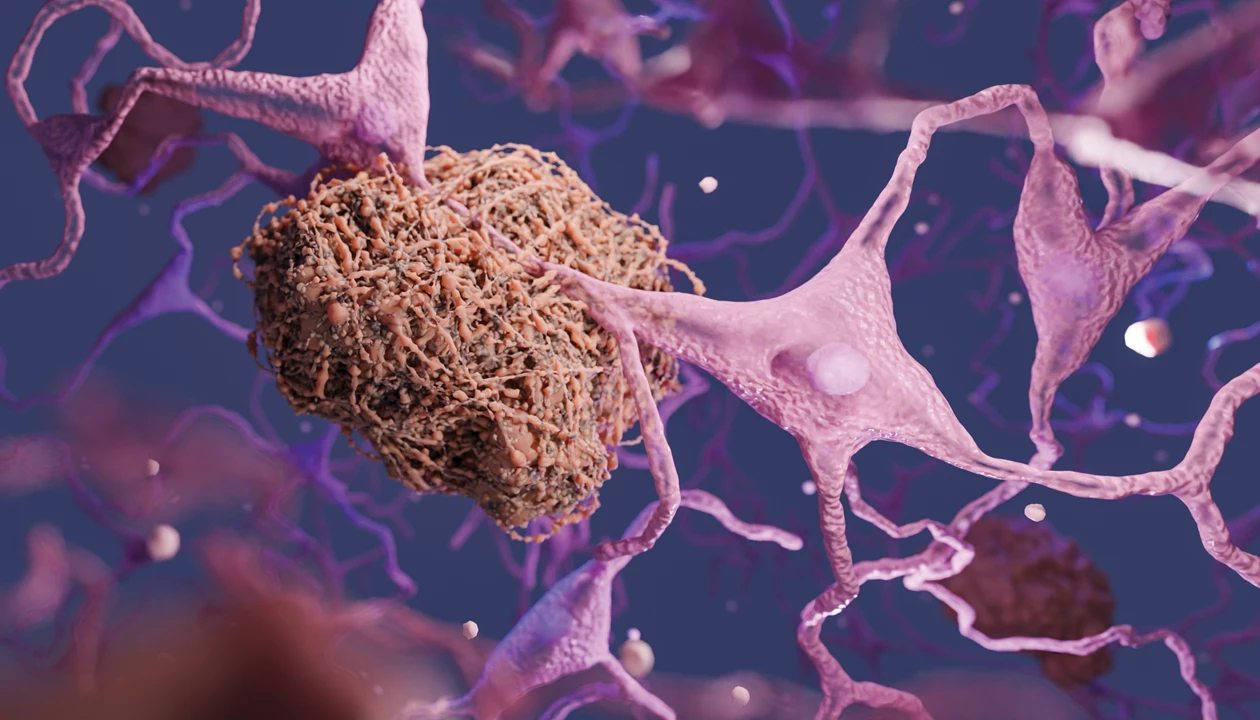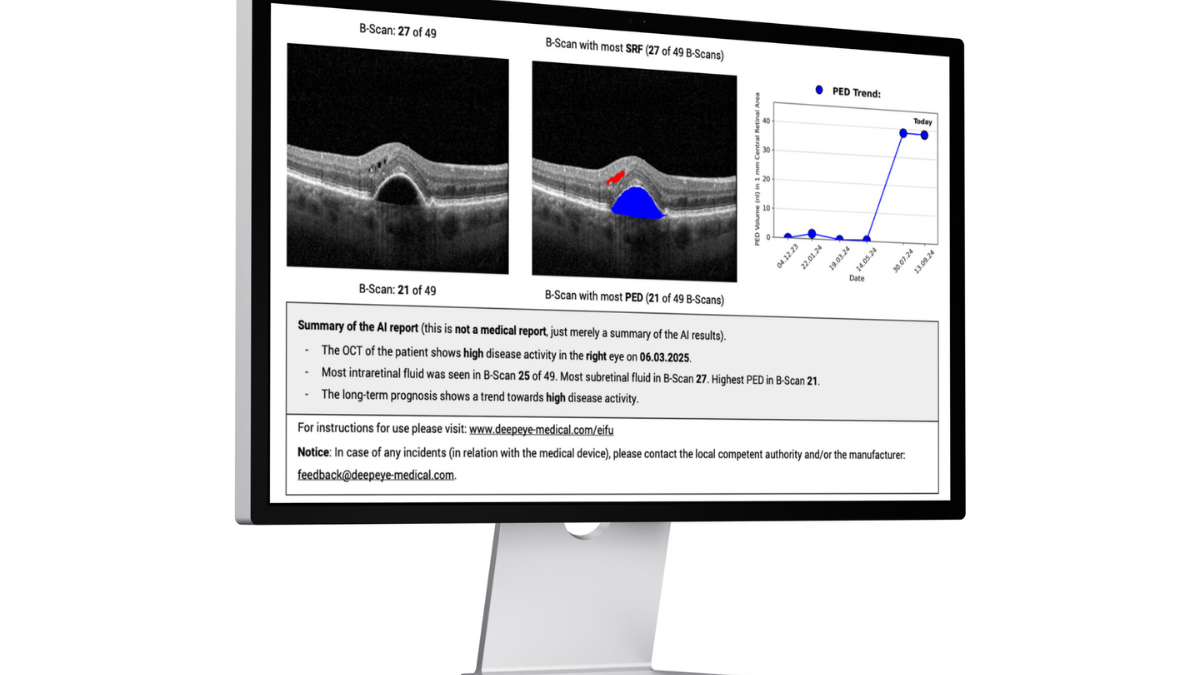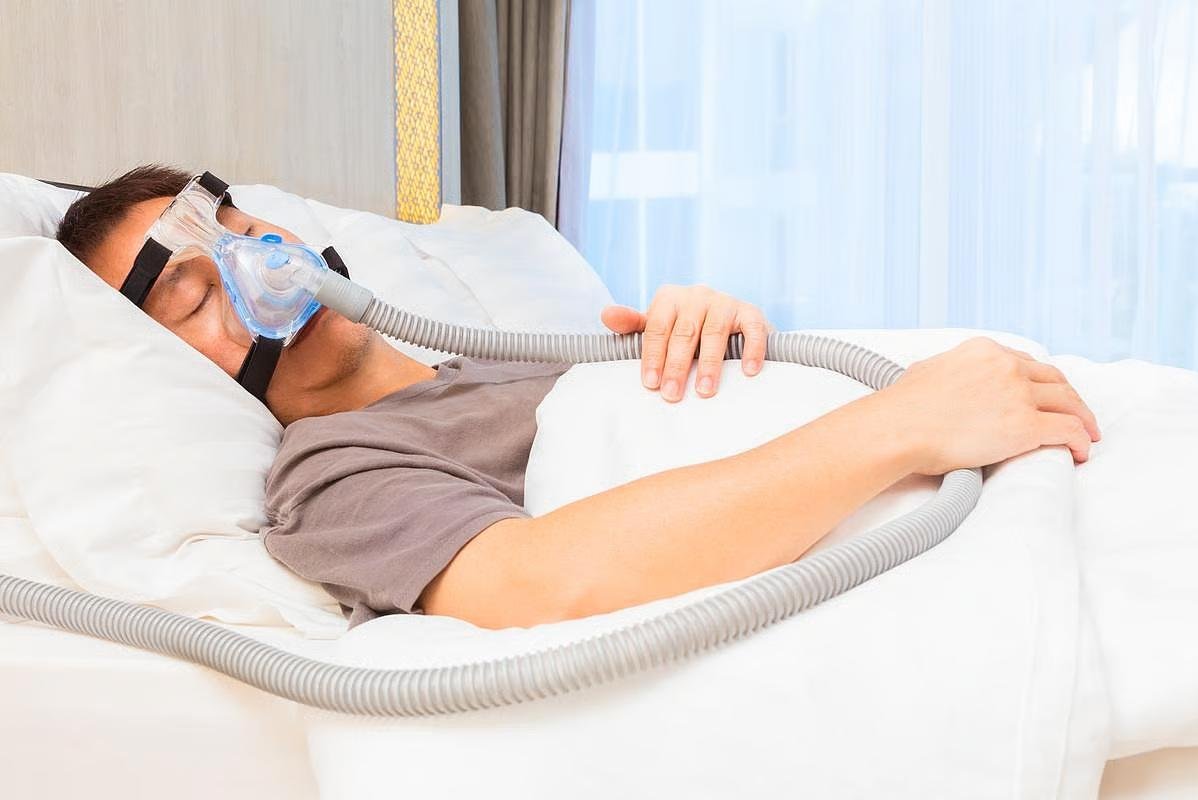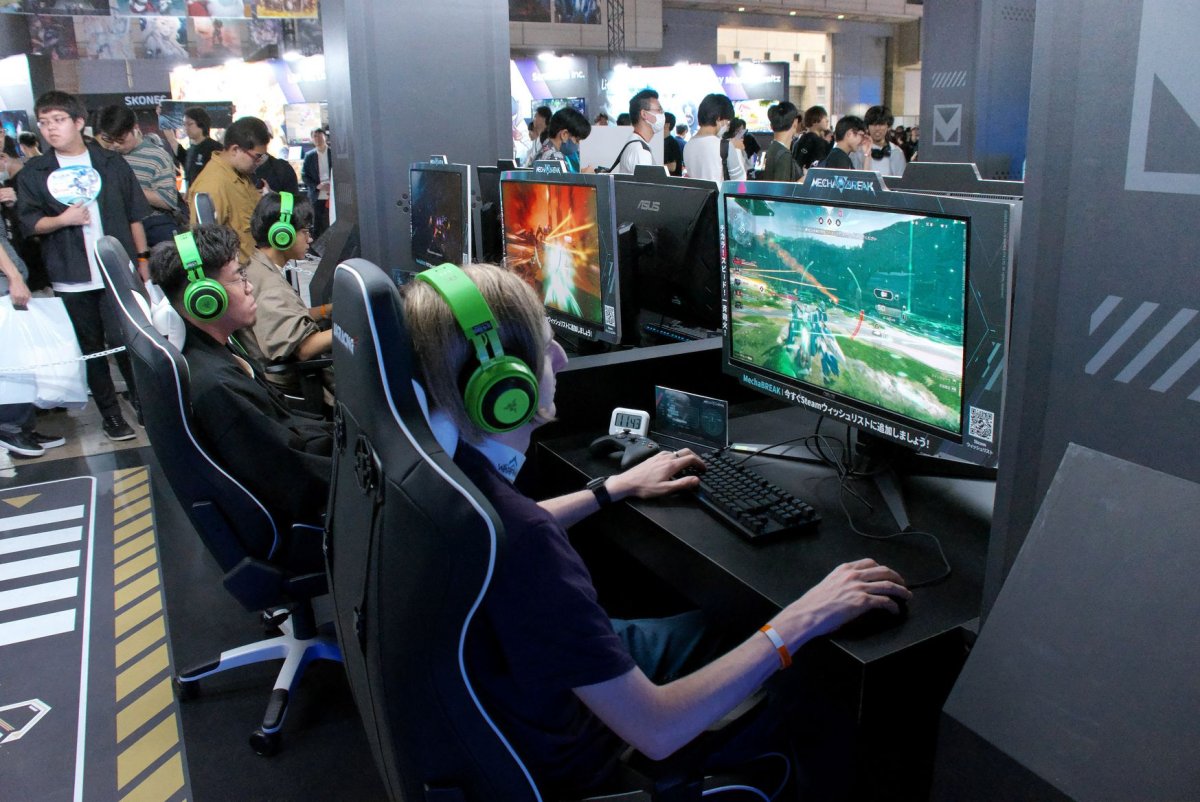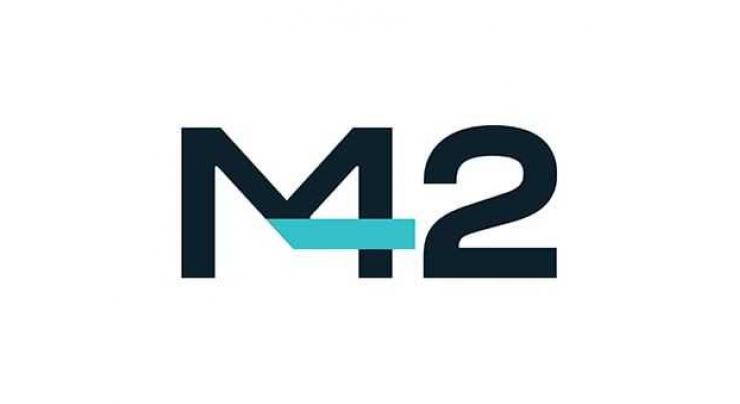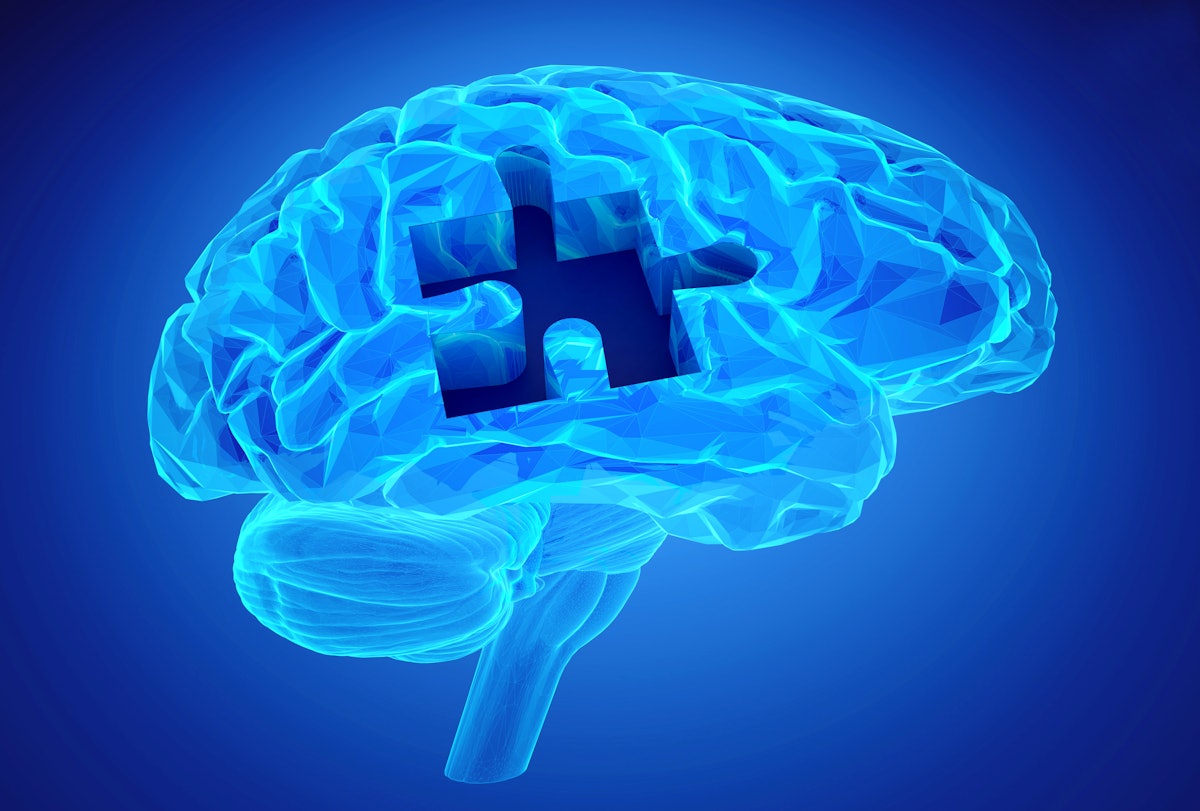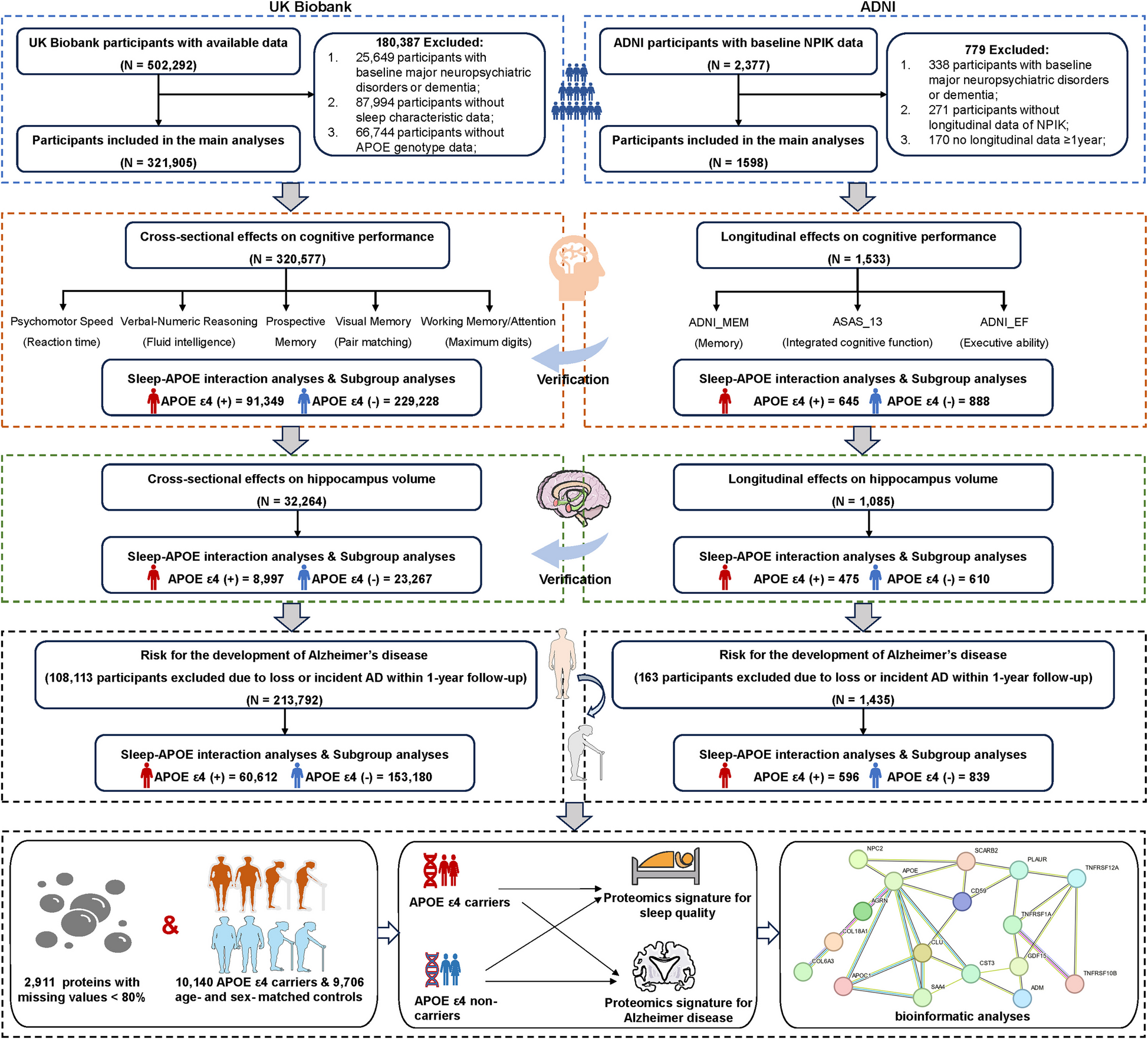Study population
The UKB (www.ukbiobank.ac.uk) was a large-scale longitudinal cohort study which recorded the baseline phenotypic and genetic data of over 500,000 participants of 22 assessment centers in England, Wales, and Scotland from 2006 to 2010 [14]. Participants were followed up until the earliest occurrence of either first diagnosis, death, loss to follow-up, or the final date with available data. Participants with dementia and major neuropsychiatric diseases at baseline were excluded from the present study. The UKB received approval from the North West Multicenter Research Ethics Committee, and all participants provided written informed consent.
To validate the findings from UKB and to strengthen the causal relationships, we further conducted data analyses of participants who were free of dementia and major neuropsychiatric diseases from the ADNI database (adni.loni.usc.edu). The multicenter ADNI was established to evaluate clinical, imaging, genetic, and biochemical biomarkers of AD, with participants aged 55 to 90 years recruited from the United States and Canada. Each ADNI participant underwent systemic neuropsychological examinations, as well as neurological and physical assessments at baseline and at annual follow-up. The ADNI received approval from the institutional review boards of all participating institutions, and written informed consent was obtained from all participants or their guardians in accordance with the Declaration of Helsinki.
Assessments of sleep behavior and classification of sleep quality
In UKB cohort, we utilized an algorithm derived from self-reported sleep quality data, initially introduced in 2020 [11], due to the lack of specialized sleep questionnaires during the baseline survey. This algorithm was used to create a SQI with five sleep-related items, including snoring, chronotype, daytime sleepiness, sleep duration, and insomnia [11], demonstrating its effectiveness as an alternative method for assessing the sleep quality. To further enhance the evaluation of sleep quality in the UKB, we incorporated six self-reported sleep behaviors: items previously used in the 5-item sleep score, along with the “difficulties in getting up in the morning” trait, which has been linked to reduced health-span [15] and accelerated biological aging [12]. This additional component was included to provide a more comprehensive measure of sleep quality, reflecting a broader range of behaviors that are predictive of long-term health outcomes. Low-risk sleep behaviors were defined as follows: early chronotype (‘morning’ or ‘more morning than evening’), sleeping 7–8 h per day, reporting never or rarely experiencing insomnia symptoms, no self-reported snoring, no frequent daytime sleepiness (‘never/rarely’ or ‘sometimes’), and finding it easy to get up in the morning (‘fairly easy’ or ‘very easy’). Each sleep component was scored as 0 if the participant was classified as low risk for that factor, and 1 if considered high risk. The scores for all components were then summed to generate a SQI ranging from 0 (best) to 6 (worst), with higher scores reflecting poorer sleep quality. We then classified the overall sleep patterns as ‘good sleep quality’ (SQI = 0–1, as reference), ‘general sleep quality’ (SQI = 2–3), and ‘poor sleep quality’ (SQI = 4–6) based on the continuous term of SQI.
The SQI in ADNI was calculated based on longitudinal data of sleep item in the Neuropsychiatric Inventory (NPI) scale. The informants of participants were asked “does the participant have difficulty falling asleep, awaken you during the night, rise too early in the morning, or sleep excessively during the day?”; “if yes, rate the severity: 1—mild (noticeable, but not a significant change).; 2—moderate (significant, but not a dramatic change).; 3—severe (very marked or prominent)”. Participants were interviewed annually for these sleep-related questions. Those with less than 1-year follow-up sleep data were excluded. Longitudinal data of sleep were extracted for further analyses only if they were in parallel with longitudinal measurements of cognitive or biomarker. The “exposure (answering yes to the question) intensity” [ratio] was calculated by dividing “exposure” times by total interview times. The SQI was calculated by multiplying ratio with the average severity score. The participants were further categorized into three groups according to tertiles of SQI: good sleep (0 ≤ SQI ≤ 0.1, as reference), general sleep (0.1 < SQI ≤ 0.5), and poor sleep quality (SQI > 0.5).
Cognitive measures
In UKB, five cognitive domains were assessed at baseline, including visuospatial memory (VM), measured by the average number of incorrect matched pairs; processing speed, indicated by mean reaction time (RT); prospective memory (PM), based on the total number of times an intention was forgotten in the PM task; fluid intelligence (FI), reflected by total scores on a set of cognitive tasks; and working memory (WM), assessed by the total number of digits correctly recalled. Higher scores in VM, RT, and PM indicated poorer cognitive performance, while higher scores in FI and WM reflected better performance. In ADNI, global cognition was evaluated by the Alzheimer’s Disease Assessment Scale (ADAS). Cognitive domains were assessed by administering the neuropsychological battery which included components indicative of memory function (MEM) and executive function (EF) [16]. Cognitive assessments in ADNI were carried out at both baseline and follow-up.
Hippocampal volume measurement
Hippocampal volumes in both UKB and ADNI were derived from magnetic resonance imaging (MRI), of which the T1-weighted and T2-FLAIR structural images were obtained in a straight sagittal orientation and underwent central preprocessing to derive the hippocampal volume. Image processing details in UKB and ADNI could be found elsewhere [17, 18]. In the UKB cohort, hippocampal volume represents the absolute volume at a single time point. In the ADNI cohort, hippocampal volume is measured at each visit, and the analysis is based on the annual rate of change in hippocampal volume derived from longitudinal MRI scans.
AD diagnoses
AD diagnose in UKB was defined as code 331.0 in ICD-9 and codes F00 and G30 in ICD-10 over a follow-up period from 2007 to 2020, using data from hospital inpatient records, death certificates, primary care records, and self-reports. In ADNI, AD was diagnosed according to the National Institute of Neurological Disorders and Stroke–Alzheimer Disease and Related Disorders criteria [19], whereas mild cognitive impairment was diagnosed according to the Mayo Clinic criteria [20].
Blood proteomics
For each participant in the UKB, blood samples were drawn into EDTA tubes and immediately centrifuged at 2,500 g for 10 min at 4 °C to separate the plasma. The plasma supernatant was then divided into aliquots and promptly stored at − 80 °C until further analysis. Using dual barcoded antibody technology on the Olink platform, the UKB conducted multiplexed proteomic assays on approximately 55,000 plasma samples, primarily collected at baseline. This approach produced specific and semiquantitative data for 2,923 protein assays in multiplex. Of the 2,923 protein assays available, we excluded proteins with more than 20% missing values (n = 12), resulting in a total of 2,911 protein assays retained for analyses.
Covariate assessments
We adjusted for the covariates, including age, sex, education, and APOE ε4 carrier status, smoking status, anxiety, depression, obesity, diabetes, hypertension, hyperlipidemia, stroke, and sleep medications, to lower potential confounding bias in both cohorts. APOE ε4 carrier status (rs7412 and rs429358) were determined by genetic information. Sociodemographic and behavioral confounders were collected by the questionnaire and information on comorbidities were ascertained based on self-reported information and medical records. Participants were dichotomized according to their self-reports on whether they took any sleep medication (including benzodiazepines, Z-drugs, and melatonin).
Statistical analyses
Baseline characteristics were summarized as mean and standard deviation (SD) for continuous variables, and as counts with percentages for categorical variables. We used χ2 tests for categorical variables and the t-test or Mann–Whitney U test for continuous variables to assess intergroup differences in baseline characteristics. The values of dependent variables with skewed distribution in linear regression models were normalized using log-transformation method. The values greater or smaller than five fold SD from the mean value were considered as extreme outliers. We removed extreme outliers of hippocampal volume and then performed standardization by generating z-scores.
First, linear regressions were used to explore the cross-sectional relationships of SQI (the independent variable) with cognitive performance (dependent variables) in UKB cohort. Interaction effect between SQI and APOE ε4 status on cognition was tested and stratified analyses were further performed. Besides, the effects of SQI and its interaction with APOE ε4 status on longitudinal cognitive changes were examined using linear mixed-effects models in ADNI cohort. The linear mixed effects models were utilized due to their ability to manage unbalanced and censored data, as well as incorporate time as a continuous variable [21]. The overall significance of the three-way interaction term was evaluated using a likelihood ratio test, which compared the full model to a nested model without the three-way interaction term. Based on the APOE ε4 status and sleep quality, we further categorized the population as “good sleep and non-APOE ε4 carrier”, “good sleep and APOE ε4 carrier”, “poor sleep and non-APOE ε4 carrier”, “poor sleep and APOE ε4 carrier”. We fitted a linear mixed-effects model against the cognitive performance to further depict the combined genetic and sleep-related effects on cognition, in which Wald tests were adopted to compare the slope of each group. Next, we used similar approaches to test the association of sleep quality and its interaction by APOE ε4 with hippocampal volume (Fig. 1).
Then, the associations between sleep quality and incident probable AD in both UKB and ADNI cohorts were depicted using the time-dependent Cox proportional hazard models, in which results would be described as hazard ratios (HR) and 95% confidence intervals (95%CI). Cox proportional hazard models were conducted in longitudinal data when researchers focused on the time until a specific event [22]. Right censoring would be applied to account for scenarios where a subject does not develop AD before their last recorded observation or exits the study before its conclusion. The additive and multiplicative interactive effects of SQI and APOE ε4 status on the risk of incident AD were tested. Stratified analyses were performed to explore whether good sleep could attenuate APOE ε4-related AD risk. The proportional hazards assumption was checked using Schoenfeld’s global test to ensure that the proportional hazards assumption was not violated (P > 0.05). (Fig. 1).
Finally, comprehensive proteomic analyses combined with bioinformatic analyses were conducted to explore the biological mechanisms of poor sleep affecting AD risk. Cox proportional hazard models (for AD risk) and multiple logistic regression models (for poor versus good sleep) were employed to identify proteins associated with both sleep quality and incident AD risk in the total sample. Similar analyses were conducted among APOE ε4 carriers and among age- and sex-matched APOE ε4 non-carriers, respectively, to investigate the biological mechanisms underlying the interaction between sleep and APOE ε4 in AD development. Bonferroni corrections were applied to define the significance cutoff (P < 1.72 × 10–5, number of proteins tested = 2,911). After screening out the proteins which were consistently positive or negative associated with incident AD and poor sleep, functional enrichment analyses were performed using the STRING database (http://string-db.org). (Fig. 1).
Considering that some discrepancies have been observed in how women report their sleep quality compared to men, we conducted sex-stratified analyses as a secondary analysis following the principal analysis described above. Specifically, we repeated all key models-including linear regressions, linear mixed-effects models, and Cox proportional hazard models-separately in female and male subsamples. This additional analysis provides a more nuanced understanding of how sleep quality may differently affect cognitive decline, hippocampal atrophy, and AD risk across genders.
All the models were calculated with adjustments for covariates, including age, sex, education, and APOE ε4 status (model 1). As for ADNI cohort, we additionally adjusted for cognitive status (mild cognitive impairment = 1, normal cognition = 0) and follow-up times (practice effect) before AD diagnosis (model 1). Sensitivity analyses were conducted by adding sleep medications and history of sleep apnea, hypertension, diabetes, stroke, smoking, hyperlipidemia, depression, anxiety, and obesity to the covariates in Model 1 (Model 2). A two-sided P value of < 0.05 was deemed significant unless otherwise specified. Statistical analyses and figure preparation were conducted using R software version 4.0.2 (R Foundation for Statistical Computing, Vienna, Austria).
